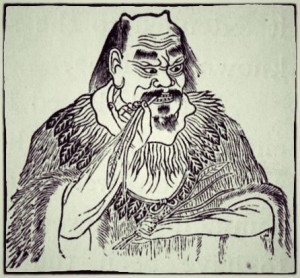Botanical Name: Ocimum basilicum
Botanical Family: Lamiaceae/Labiatae

Basil
Parts Distilled: Leaves & Flowering Tops
Method of Distillation: Steam distilled
Origin: Thailand, Egypt, France, Comoro Islands, Reunion Islands
Note: Top-Middle
Organoleptic: Clear, thin. Sweet herbaceous aroma, licorice, slightly camphorous.
Taste: acrid, sweet
Temperature: warm
Channels Entered: Liver, Stomach, Kidney, Lung, Large Intestine
Application Methods:
Actions:
- Antibacterial
- Anti-fungal
- Anti-cancer
- Detoxifying
East Asian Medicine Actions:
- Resolves food stagnation
- Nourishes Liver Yin
- Releases the exterior
- Tonifies Spleen Qi
- Tonifies Kidney Qi
- Tonifies Wei Qi
- Resolves Tai Yang Sinew patterns (along with spruce)
- Descends Lung Qi
Ayurvedic Description: Warming and drying, useful for Kapha and phlegm conditions.
Common Uses:
- Lifts the mind
- Bronchitis
- Cold
- Constipation: affects Metal element, regulates Large Intestine
- Cough
- Exhaustion
- Flatulence
- Flu
- Grief
- Headaches
- Insect bites
- Insufficient lactation: promotes lactation
- Muscle aches
- Shoulder injury or pain
- Sinusitis
- Uterine contractions
Cautions & Contraindications: Use a small dose; caution in pregnancy. High in phenols, which can easily irritate the skin. Use a maximum dilution of 15%.
Oil Description: Fruity, spicy, balsamic, clear to yellow color.
Major Chemical Constituents: Linalool, Fenchol , Eugenol, Methyl chavicol, Beta-Caryophyllene
Common Blends:
- Spruce: to relax Tai Yang sinews
- Orange: energizing

